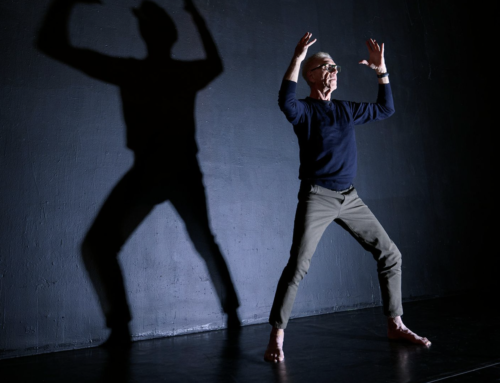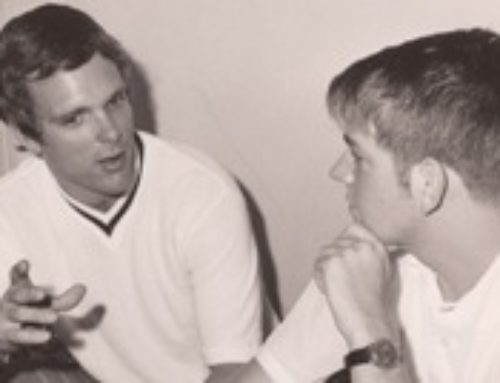This information was pulled from the American Society for the Alexander Technique (AmSAT) website.
The Alexander Technique is a learned method to improve postural and movement dysfunction. It engages the mind and body to reduce and eliminate body misuse in daily activities. In a series of one-on-one lessons with a certified teacher a student of the Alexander Technique develops the skills to execute any action with minimized strain and maximized balance. The result is optimal functional mobility and decreased pain.
The Alexander Technique was developed more than a century ago by F.M. Alexander (1869-1955), an Australian actor who lost his voice while reciting. The Technique he developed while solving his own physical problem focuses on correcting the misuse of the neuromuscular activity of the head, neck and spine. He observed this misuse as a fundamental cause of maladaptive functioning.
An AmSAT-certified Alexander Technique teacher is a highly trained professional having completed a 1680-hour training program over a minimum of three years. The emphasis of the training is on observation and modification of human movement patterns to identify and eliminate sources of movement dysfunction. In a process of psycho-physical reeducation, the teacher uses specific clinical skills, including manual guidance and verbal cuing, to improve each student’s postural and movement patterns. A lesson consists of guided basic movements such as sitting, standing, walking, bending, reaching, carrying and lying down. The teacher’s consistent manual guidance stresses the adjustment of the head, neck and torso relationship throughout all activities. In the beginning, the teacher monitors the student. Later, the student monitors him/herself and makes the psycho-physical adjustment on his/her own.
The Alexander Technique produces substantial benefits as a primary approach to self care. Over a course of lessons, the student acquires a new index of postural awareness. The student can simply and effectively modify his/her muscular response to stress, initiating new pathways of behavior at will. As the student’s independence increases, accurate proprio-ception is heightened and functional strength and overall flexibility increases. The body’s carriage is consistently more upright with decreased effort in the musculature of the neck and back. Improved general coordination in daily activities results in increased safety and energy conservation. Specialized movement problems of the athlete, musician, artist, or technician are addressed; pain syndromes are decreased or eliminated while skill level improves. In addition, the Technique maximizes the benefits of therapeutic and recreational exercise for overall health.
Indications and contraindications:
- Students with neurological or musculoskeletal dysfunction have used the Technique to effectively manage chronic pain and repetitive strain injuries.
- The Technique is particularly effective for neck and back disorders because of its emphasis on spinal decompression and balancing of the trunk musculature.
- The Technique can improve the respiratory mechanism and functional mobility.
- The Technique can successfully relieve the psychological states of depression and anxiety that frequently accompany chronic pain and disease.
- There are no known contraindications Students must be conscious, willing, and beyond the level of pain or dysfunction that precludes learning.
- The Alexander Technique is cost effective.
- A course of lessons is not a passive treatment but an educational program tailored to each student’s needs.
- The recommended course is 30 lessons, depending on the student’s participation and initial level of functioning.
- The Technique promotes independence. It does not require special equipment or prescribed exercise, but can be done anywhere, in any activity. A student, therefore, directly activates the Technique’s benefits throughout his/her day.







